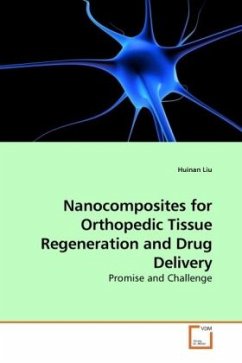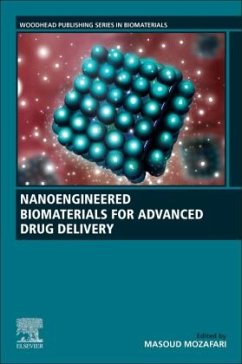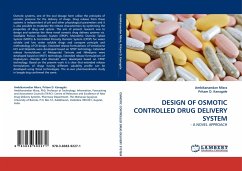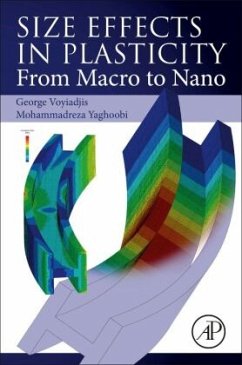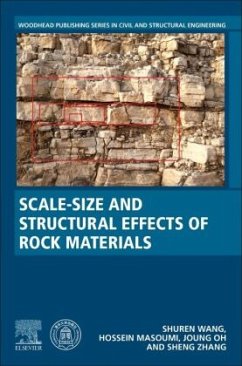
Copolypeptide Vesicles: Size Control for Intracellular Drug Delivery
Self-Assembled Copolypeptide Morphologies for Biomedical Applications
Versandkostenfrei!
Versandfertig in 6-10 Tagen
32,99 €
inkl. MwSt.

PAYBACK Punkte
16 °P sammeln!
Much focus has been given to the synthesis of polypeptidic based materials due to their unique structural features. These polypeptides commonly are amphiphilic in character that benefit from secondary structural features associated with one of the polymer blocks. These features, such as alpha- helix and beta-sheet conformations, allow for control over nanoscale ordering through self- assembly for use in biological sensors and therapeutic drug delivery. We report the preparation and characterization of charged amphiphilic block copolypeptide vesicle formers using transition metal mediated livin...
Much focus has been given to the synthesis of polypeptidic based materials due to their unique structural features. These polypeptides commonly are amphiphilic in character that benefit from secondary structural features associated with one of the polymer blocks. These features, such as alpha- helix and beta-sheet conformations, allow for control over nanoscale ordering through self- assembly for use in biological sensors and therapeutic drug delivery. We report the preparation and characterization of charged amphiphilic block copolypeptide vesicle formers using transition metal mediated living ring-opening polymerization of N- carboxyanhydrides (NCAs). The vesicle membranes show fluidic properties suggested by dynamic physical behavior allowing for fine size adjustments using liposomal extrusion methods. This extrusion also allows for a facile mode of encapsulation of biomolecules for drug delivery. Modification of the charged residues has shown vesicle stability under osmotic and thermal stress, in pH buffers, and serum cell media, as well as the ability for lipid and cellular interactions.



